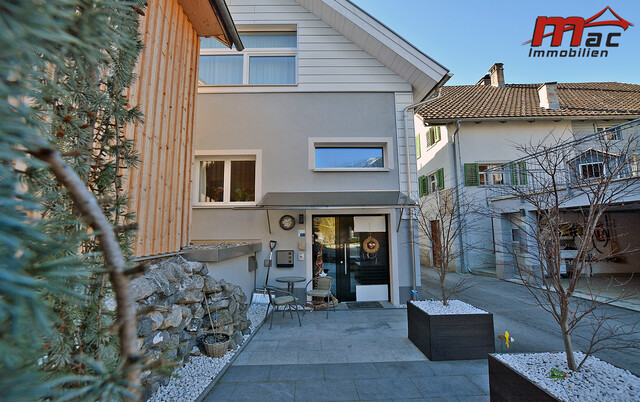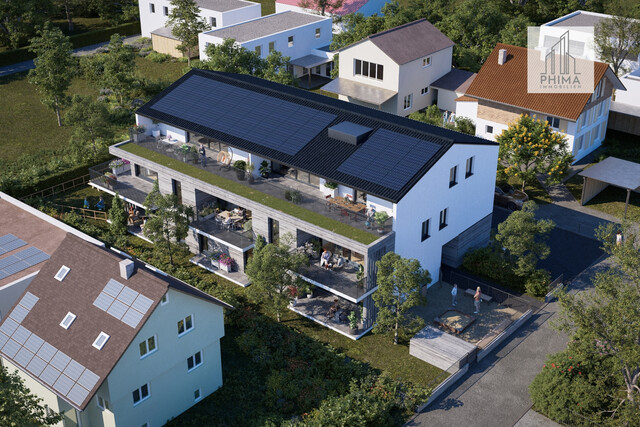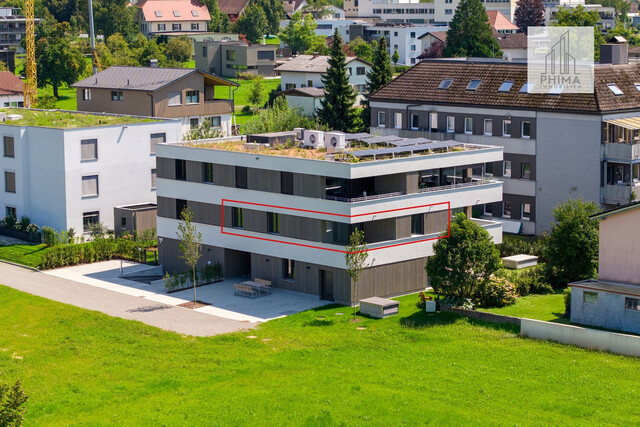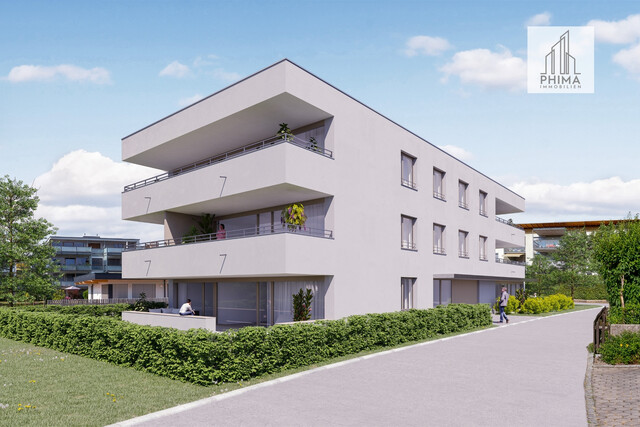Budget Deficit to Decrease to 3.2 Percent by 2029 According to IHS Forecast

Austria would thus not meet the EU's Maastricht limit of 3 percent by the end of the decade. For the current year, the IHS expects a budget deficit of 4.4 percent.
Budget Deficit: Challenging Budget Consolidation Until 2029 Due to Sluggish Economy
For the government to create budgetary "room for maneuver," a reform agenda is needed after the double budget for 2025/26, including in the areas of labor market, education, health, and social affairs, said IHS head Holger Bonin on Thursday during the presentation of the medium-term forecast. "If you want room for maneuver, you have to aim for a 2 percent deficit, 3 percent is an upper limit." However, much more important than a specific deficit number is how to use government funds as efficiently as possible to stimulate the economy, among other things.

The IHS forecasts economic growth in Austria from 2025 to 2029 at an average of 0.9 percent per year. This "is too little to stabilize the budget," warned Bonin. One cannot "even talk" about room for maneuver. The government's double budget from ÖVP, SPÖ, Greens, and NEOS foresees consolidation measures totaling 8.7 billion euros in 2025 and 2026. The IHS assumes in its forecast that the overall government deficit will decrease to 4.1 percent of GDP next year "with strict budget discipline." For the years 2027 to 2029, the IHS assumes "a somewhat slower reduction in the expenditure ratio than the federal government."
IHS Sees Further Need for Reform and Budget Consolidation
The IHS sees further need for reform and budget consolidation for the government: To "significantly and sustainably reduce the deficit below the Maastricht limit of 3.0 percent despite the noticeably increasing budget burdens due to demographics," "more ambitious structural reforms and an economic policy aimed at increasing potential growth are required," according to the economic researchers. For the budget deficit forecast to materialize as expected, Austria's economy must also grow as forecasted by 2029. The IHS sees "significant downside risks" to its economic forecast, citing, among other things, the "erratic" US economic policy, possible tariff increases, and geopolitical tensions.
IHS for "Productivity Offensive" Against Sluggish Economy
IHS head Bonin appeals to the government of ÖVP, SPÖ, and NEOS to focus more on the production potential of the domestic economy. "Austria needs a productivity offensive. This also attracts investments." A "demand-oriented qualification" is necessary, including an efficient successor model for the abolished educational leave, according to the IHS head. Employees and the unemployed should also be placed in the "best possible job" according to their qualifications. In the areas of education and labor market, "new technologies" should be better integrated. State subsidies should be more effective, and the division of labor in the public sector should be more efficient.
The main reasons for "the moderate growth rate" are seen by economic researchers as "the deteriorated competitiveness of the Austrian economy and the challenging international environment, such as due to the erratic US tariff policy." The US tariffs imposed so far could reduce Austria's economic output by 0.2 percent this year and by 0.1 percent in 2026, according to the current model simulation by the IHS. The simulation is based on the currently applicable US import tariffs of 10 percent for all EU exporters, 25 percent for European car manufacturers, and 50 percent for aluminum and steel producers.
Trump Tariffs Endanger Domestic Economy
If the 30 percent tariff threatened by US President Donald Trump for EU companies were actually introduced, it would mean a GDP decline of 0.3 to 0.4 percent in the first year, said IHS economist Michael Reiter. The expert recommended a differentiated trade policy for the EU and not equally high retaliatory tariffs on all US product groups. However, the US is more negatively affected by its own trade policy than the EU. The IHS economic researchers estimate the GDP losses for the US due to the current tariff policy at 0.5 percent in 2025 and 0.7 percent in 2026.
In recent years, economic and geopolitical uncertainty, high energy and financing costs, and significantly increased unit labor costs have led to a decline in investments in Austria. For the coming years, the IHS expects real gross fixed capital formation to rise again. Private consumption is also expected to pick up in the coming years and reach the growth rates of the years 2015 to 2019 again. Additionally, exports are expected to grow noticeably again by 2029, but by no means reach the growth rate of the period 2015 to 2019.
IHS Forecast: Inflation to Decrease, Labor Market "Robust"
After the record inflation years of 2022 and 2023 in Austria with 8.6 percent and 7.8 percent respectively, and the decline to 2.9 percent in 2024, inflation is expected to remain at 2.9 percent this year according to estimates. For the period 2025 to 2029, the IHS forecasts an average increase in the consumer price index of 2.3 percent per year. The European Central Bank (ECB) aims for an inflation rate of 2.0 percent in the medium term.
The labor market situation is developing "robustly despite a prolonged recession, even though employment has stagnated since mid-2023 and the unemployment rate has slowly increased," according to the IHS. Economists expect the unemployment rate to decrease from 7.5 percent this year to 6.2 percent in 2029. "With the return to a moderate growth path and further supported by a demographically induced significantly dampened increase in the labor supply, unemployment is expected to decline again from next year," the forecast states.
(APA/Red)
This article has been automatically translated, read the original article here.
Du hast einen Hinweis für uns? Oder einen Insider-Tipp, was bei dir in der Gegend gerade passiert? Dann melde dich bei uns, damit wir darüber berichten können.
Wir gehen allen Hinweisen nach, die wir erhalten. Und damit wir schon einen Vorgeschmack und einen guten Überblick bekommen, freuen wir uns über Fotos, Videos oder Texte. Einfach das Formular unten ausfüllen und schon landet dein Tipp bei uns in der Redaktion.
Alternativ kannst du uns direkt über WhatsApp kontaktieren: Zum WhatsApp Chat
Herzlichen Dank für deine Zusendung.








